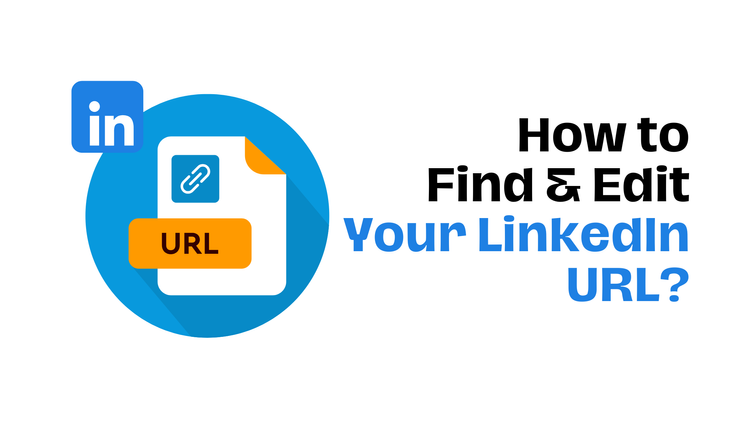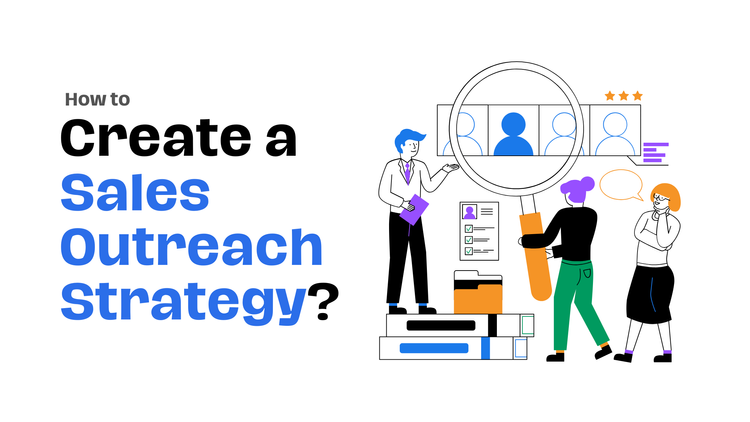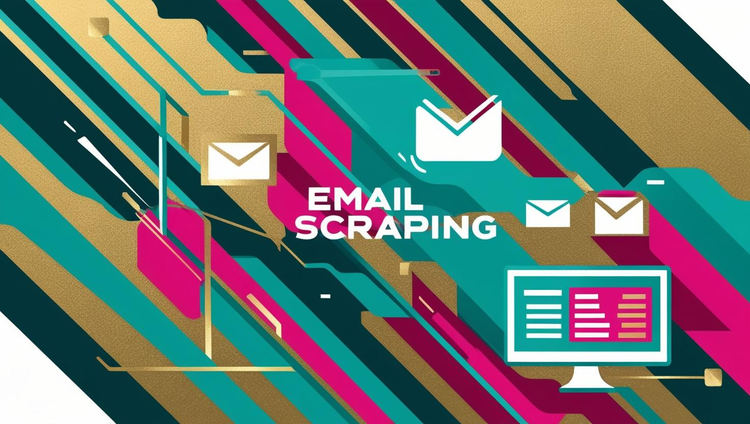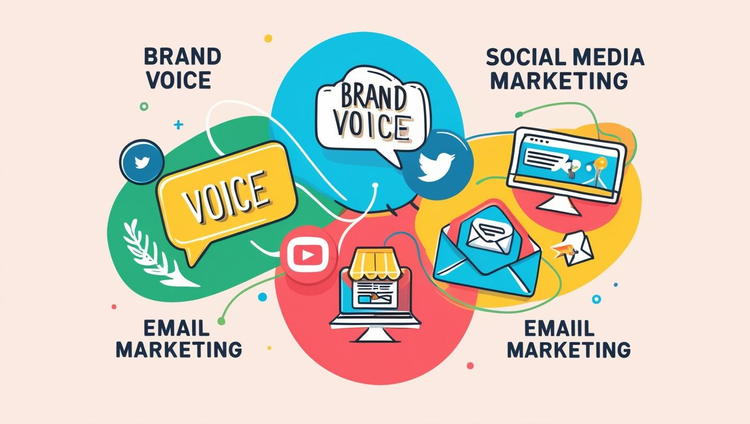7 Proven Strategies to Get More Email Subscribers
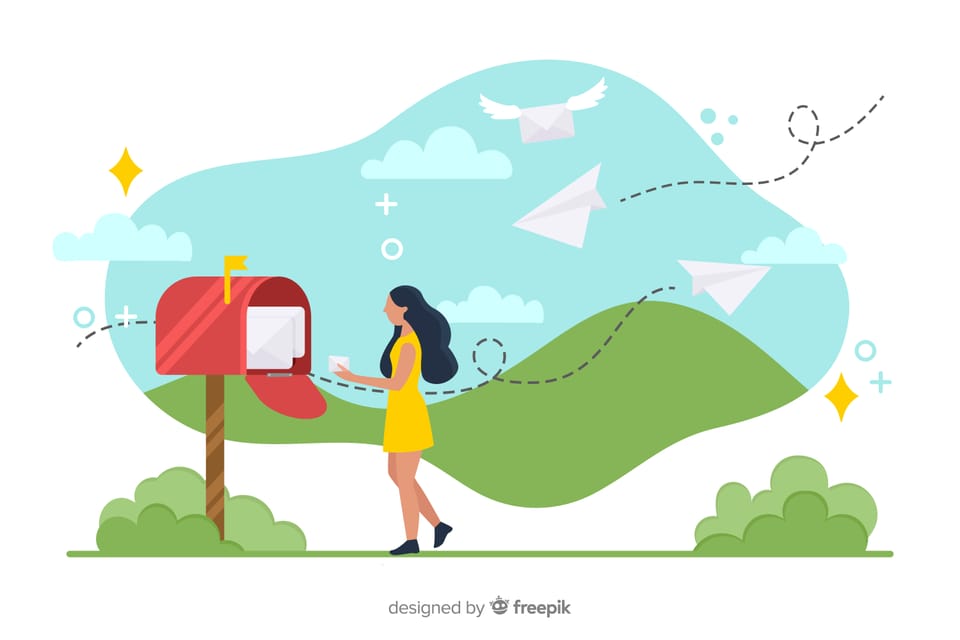
Everyone wants a growing email list, but it can quickly become outdated as people change email addresses, use throwaway accounts, or lose interest. So, how can you ensure your brand attracts more relevant subscribers? Let's explore.
Buying an email list might seem like an easy solution, but it often leads to irrelevant subscribers and a higher chance of landing in the 'Spam' folder. Even if some recipients could be potential customers, forcing them onto your list can backfire, showing you're more focused on sales than building relationships.
Instead, we'll focus on sustainable methods to boost your email signups. From well-timed exit-intent popups to collaborations with influencers, we'll review the top 10 strategies for collecting valuable email addresses.
1. Use Behavior-Triggered Pop-ups with a Twist
When visitors are exploring your website, a well-timed pop-up can provide the nudge they need to subscribe. However, avoid overwhelming them with intrusive pop-ups, as irritation is not an incentive.
Timing is key. Use user behavior to determine the optimal moment to display a pop-up. Here are some triggers to consider:
Navigating to a Specific Area on the Page: Allow users to engage with the content before suggesting they sign up. To ensure these pop-ups and other interactive elements are as effective as possible, conduct a UX design audit to enhance the user experience. For example, trigger a pop-up when they reach the midpoint of an article. Offer relevant content, such as an eBook, a consultation, or a software demo, in exchange for their email address.
Hovering Over Specific Elements: If a user hovers over a particular image, video, or link, this might signal interest. Display a pop-up with a subscription form at that moment.
Spending a Certain Amount of Time on the Site: After a user has spent about 30 seconds on a page, trigger a pop-up to invite them to sign up for more content. This approach is less pushy and ensures the visitor has had time to form an opinion about your content.
Moving the Mouse Toward the "Close" or "Back" Button: Exit-intent pop-ups appear when a user is about to leave the page. These can offer a lead magnet, ask for feedback, or simply invite them to sign up for your newsletter. Including elements like video testimonials or a countdown timer can enhance the effectiveness of these pop-ups by creating urgency or providing social proof.
Conducting a UX design audit can further optimize these pop-ups and other interactive elements, helping to remove friction points and improve conversion rates.
2. Leverage Hyper-Specific Lead Magnets for Each Blog Post
Lead magnets are essential for encouraging sign-ups, but if they’re not delivering results, they might be too generic. Tailor your lead magnets to the specific content on the page.
For example, if a user is reading a blog post about SEO, offer them a PDF guide on SEO rather than something unrelated like social media marketing tips. Similarly, someone reading about YouTube marketing would appreciate a YouTube guide. Offering a PDF version of a comprehensive tutorial can also be effective. This targeted approach yields much better results than a generic lead magnet.
Hootsuite, for instance, offers expert social media advice on pages featuring blog posts about TikTok marketing, ensuring the lead magnet is relevant to the content.
To stand out, consider using interactive magnets like quizzes or assessments. For example, in the personal finance sector, a quiz like "What's Your Financial Health Score?" can engage users. Keep quizzes short, around five to ten questions, and direct users to a sign-up form after completion. Then, provide personalized results or recommendations, which can be sent directly to their inboxes.
Why is this effective?
- Engaging: Quizzes and assessments are interactive and fun, encouraging users to stay longer on your site.
- Personalized Value: Users receive immediate, customized recommendations.
- Time-Saving: Leads don’t have to sift through multiple products or pages to find what interests them.
3. Implement Multi-Step Opt-Ins
Opt-in forms can feel overwhelming when they ask for too much information at once, similar to lengthy checkout pages on eCommerce sites. If you want to gather more details from potential subscribers—like their name, phone number, or company—this can lead to high friction and lower conversion rates.
To reduce this friction, consider using a multi-step opt-in process. Start by asking for the most essential information, such as an email address. Once that’s provided, reveal additional fields gradually.
Pro Tip: Identify your high-traffic pages and incorporate dynamic, context-aware opt-in forms. These forms adapt based on the visitor's behavior and the page's context. For example, an exit-intent popup might offer access to gated content or an invitation to join an online contest, giving users a compelling reason to stay connected.
4. Promote Your Newsletter on Social Media with Strategic Calls to Action
What’s in your Instagram or X (Twitter) bio? A quote, hashtags, or contact info? While these can be useful, consider using that valuable space to grow your email list. Use strong, compelling CTAs tailored to each platform, like "Join our community of 5,000+ savvy marketers and get insider tips straight to your inbox!" Here’s how to optimize your social media for email sign-ups:
- Create a sense of community and trust.
- Publish personal, engaging content.
- Encourage followers to take action with a pinned sign-up offer.
- Include a sign-up link in posts and your cover photo.
- Use Facebook's call-to-action button.
- Share snippets of your newsletter to entice sign-ups.
- Promote content exclusive to email subscribers.
- Leverage the visual nature and FOMO on Instagram. Use direct, urgent CTAs.
- Add a link in your bio to drive sign-ups.
- Use Stories and Reels to highlight subscription benefits with CTAs like "Swipe up for free weekly tips!"
- If you have over 10,000 followers, use the swipe-up feature; otherwise, direct followers to the bio link.
X (Twitter)
- Be concise with short, punchy posts and CTAs leading to your sign-up form.
- Use relevant hashtags to increase visibility.
- Utilize your bio to attract newsletter subscribers.
YouTube
- Attach a sign-up link within videos, at the end (using the end screen feature), in video descriptions, or in your channel header.
- End your videos with a CTA like, "If you found this video helpful, subscribe to our newsletter for more exclusive content!"
- Target professionals seeking career-related or educational content.
- Post links are clickable, so optimize your bio and encourage sign-ups.
- Share snippets of your newsletter to build authority and attract subscribers.
5. Offer Incentives and Limited-Time Offers to Website Visitors
Incentives and limited-time offers are powerful tools for lead generation and can significantly increase your email subscribers. These can include discounts, freebies, or multi-part email courses. For example, Caraway, a non-toxic home goods designer, effectively uses incentives to encourage visitors to leave their email addresses.
Courses are particularly effective because they offer ongoing value, keeping subscribers engaged beyond the welcome email and reducing the likelihood of quick unsubscribes.
Pair incentives with urgency or exclusivity. Gated content—like exclusive interviews, videos, reports, or checklists—available only to email subscribers can further entice sign-ups. While some visitors might pass on a discount, they’re more likely to subscribe for unique, valuable content delivered straight to their inbox.
6. Run Engaging Online Contests and Giveaways
Spice things up with contests and giveaways, which are great for attracting email subscribers and boosting sales. These gamification elements tap into competitive spirit and excitement. For example, Boathouse uses a spin-the-wheel popup to capture email addresses while offering a fun incentive.
Here’s how to run a successful contest or giveaway:
Choose a Relevant Prize: Ensure the prize is attractive and relevant to your audience. A prize too generic, like an Amazon gift card, might attract participants outside your niche. Consider offering access to gated content or services as a prize.
Set Clear Entry Criteria: Make it easy to participate. Usually, this involves providing an email address. You can add extra steps, like following your social media accounts or sharing the contest, but keep it simple to avoid deterring potential subscribers.
Promote the Contest Widely: Announce the giveaway on your blog, social media, and other channels. Direct followers to your website or landing page where they can enter by providing their email address. The more visibility, the more subscribers you'll attract.
Use the Right Tools: Tools like Gleam, Rafflecopter, and KingSumo can help manage your contest efficiently. They handle setup, sign-up forms, entry tracking, and even automating the winner selection process.
7. Test and Refine Sign-up Form Copy and Design
If your sign-up forms aren’t delivering results, the problem might be in their copy or design. To improve engagement, start by testing different elements to see what works best. A/B testing is a reliable method for this—experiment with various aspects like content, CTAs, colors, and form placement. Even minor adjustments can make a significant impact.
While A/B testing focuses on small changes, split testing involves more dramatic differences and can provide deeper insights, especially in the early stages.
Here’s how to enhance your sign-up form copy and design:
Optimize for Mobile Users: Ensure your form is mobile-responsive, with a simple, single-column layout, fast loading times, and minimal fields. Always test the form on a smartphone for convenience.
Incorporate Social Proof: Display subscriber counts, testimonials, or endorsements near the sign-up form. People are more likely to sign up when they see others have done so and found value.
Create a Dedicated Landing Page for Sign-Ups: Develop a distraction-free, conversion-optimized landing page with persuasive content and a strong CTA. If your homepage isn’t driving sign-ups, either optimize it or create a separate landing page specifically for email subscriptions.
How to Get Email Subscribers: Conclusion
In summary, growing an email list involves more than just purchasing one. Optimize your CTAs, collaborate with influencers, and use social proof to build trust. Beyond increasing subscribers, focus on being a business people want to engage with.
Each strategy offers a unique way to attract subscribers and enhance your email marketing. The key is to provide genuine value, be trustworthy, and stand out. Unsure what will work? Experiment with different tactics, monitor the results, and tailor your approach to your audience's preferences.
If you need tools to find verified emails and leads at scale, consider using Skrapp.io. Uncover verified business emails, build targeted prospecting lists from LinkedIn and Sales Navigator, and enrich your company data effortlessly.


